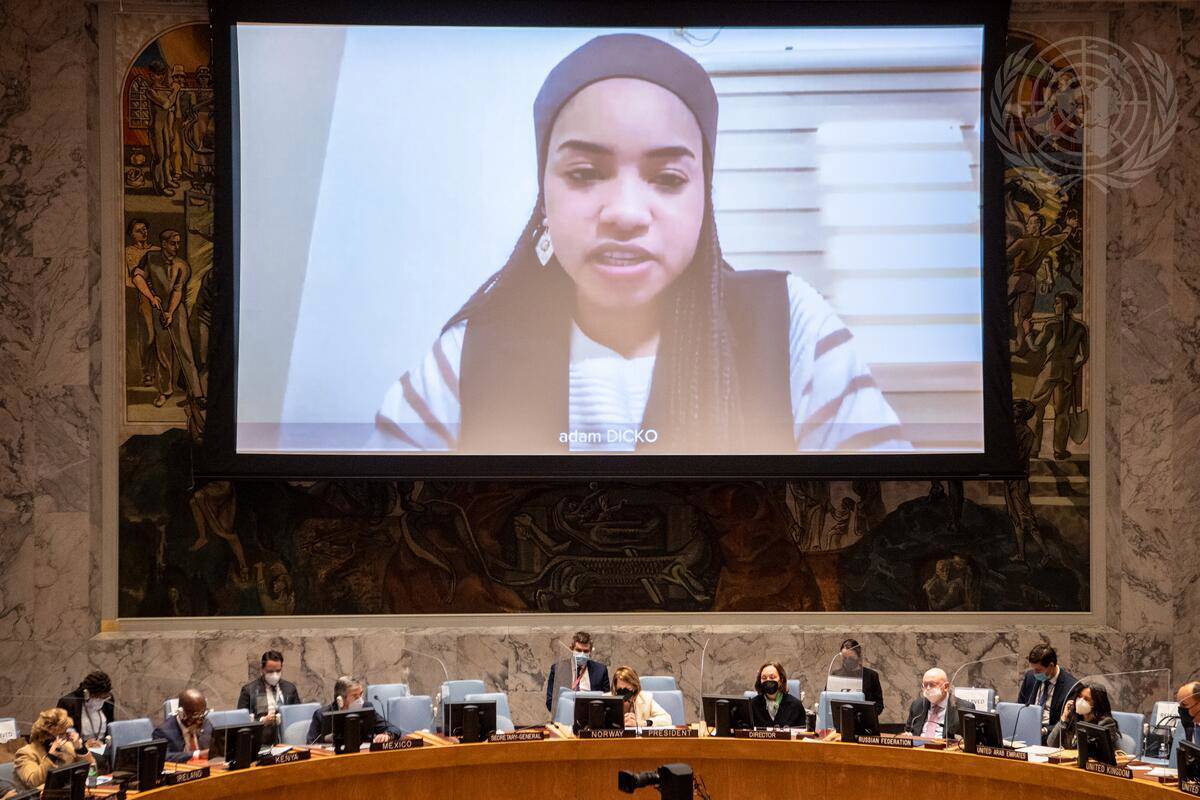
Through the adoption of the UN Security Council (UNSC) Resolutions on Women, Peace and Security, the UNSC decided to promote women’s participation in efforts towards peace and security. But does the UNSC practice what it preaches?
Are women invited to brief the UNSC to ensure women’s “full, equal and meaningful” voice in regular UNSC deliberations? Moreover, who do such women represent and on what topics are they invited to brief? This policy brief presents new data on invited briefers, based on UNSC meeting records from 2015–2021, in order to assess the extent to which women are meaningfully included in UNSC briefings.
Anna Marie Obermmeier and Louise Olsson’s findings reveal that between 2015 and 2021, 70% of all invited briefers were male. However, the proportion of male briefers declined from 77% in 2015 to 52% in 2021. The data further indicates that male briefers mainly represent the UN system or other multilateral organizations. When CSOs or government institutions are consulted, the briefers are more frequently women. At the same time, since the adoption of UNSCR 2242(2015), the number of briefers from CSOs (international, national, and women’s CSOs) has increased. Women’s CSOs are furthermore increasingly consulted on a broader array of topics. By 2021, the sixteen women's CSO briefers covered twelve topics, including 10 different country-specific meetings.
Anna Marie Obermeier is a Research Assistant at PRIO and Louise Olsson is Senior Researcher and Research Director at PRIO.





